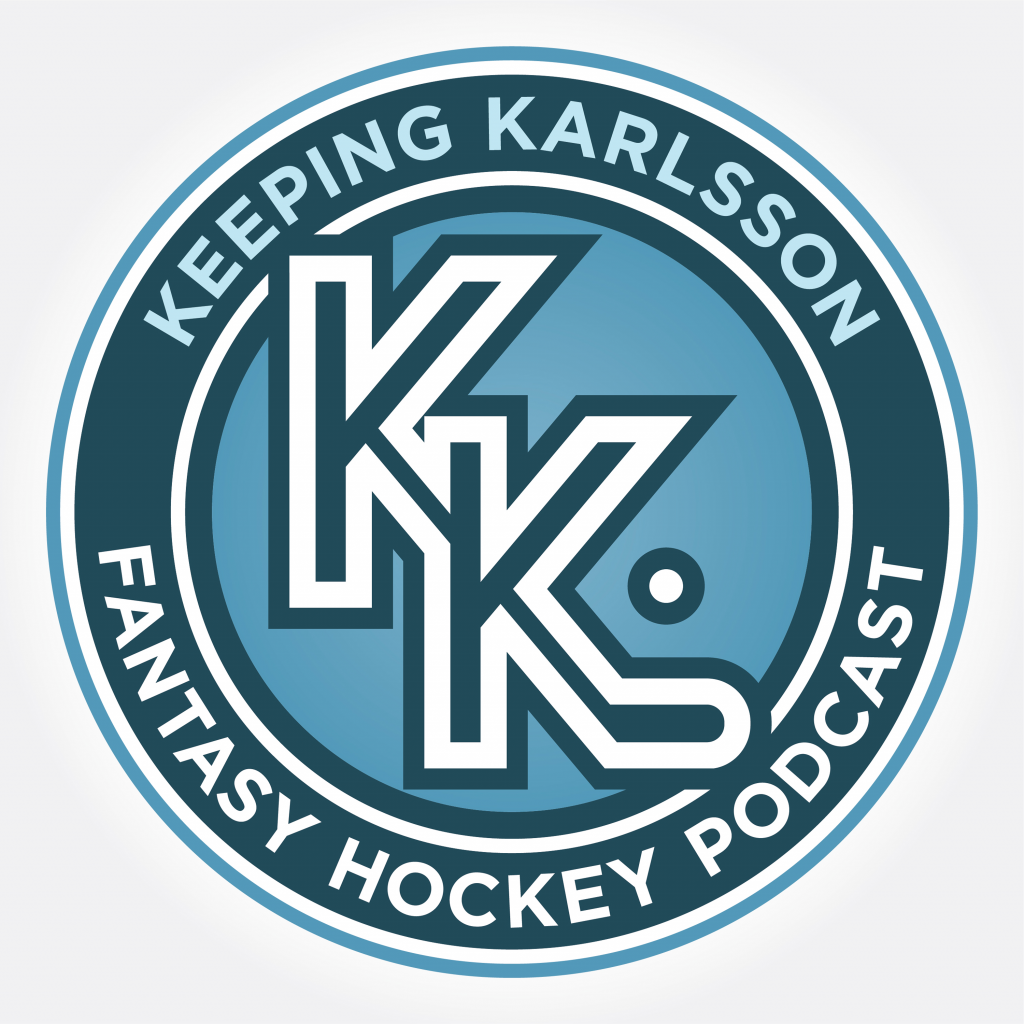This week we are going to return from our playoff focused sequence of the last several weeks to some more traditional programming. The focus for today is going to be a look at point production, and more specifically points per 60.
Points per 60 attempts to account for a player's playing time when comparing scoring across players. The idea being it might be slightly more impressive if I have Player One who is putting up a point per game season while playing only 15 minutes a night than Player Two who is playing 20 minutes a night. While those players have the same per game numbers, Player One would have a higher per 60 number because they were doing it in less time per game.
So how do we pull this information? Points per 60 is included in the Advanced Stats report on the Dobber Page. I exported that report, plus the Big Board report to get some combined data points for review here.
Our first list shows our top points per 60 players. The table below includes player name, position, and team, as well as their total games played to date, their points per 60 metric, and their 82-game pace scoring rate. Finally, we have a few time on ice metrics showing the percent of the team's power play they play, and their average overall time on ice.
Stats include games played up to and including Wednesday April 2.
| Name | Pos | Team | GP | Pts/60 | 82GP Pace | %PP | TOI |
| NIKITA KUCHEROV | R | TB | 70 | 4.5 | 130 | 82.7 | 21:16 |
| LEON DRAISAITL | C | EDM | 70 | 4.2 | 123 | 81.5 | 21:41 |
| NATHAN MACKINNON | C | COL | 75 | 3.9 | 120 | 81.7 | 22:42 |
| CONNOR MCDAVID | C | EDM | 63 | 3.9 | 117 | 78.4 | 22:08 |
I only included a few names here because there is enough already to make the point. What we see at the top of this list is the players with the highest point paces tend to have the highest points per 60. They also tend to have very high total time on ice numbers (over 21 in these instances) and a very high percentage of their team's total power play time. These data points are related. First up these elite point paces belong to elite players so yes, they are going to have elite point per 60 markers. Additionally, power plays are times when the goal scoring chances increase, so these elite players that have the vast majority of their team's power play are also going to be more likely to score in those minutes and therefore also have a higher points per 60 number (this is why sometimes points per 60 is sometimes limited to five-on-five ice time). The usefulness of this number then is not another way to describe what we already know, it is a way to look at who is providing excellent value lower in the lineup.
In order to take a look at this I put some time on ice filters on the above tables. Basically, we are not only going to be seeing players who are getting less than 17 minutes of overall ice time. Who are the secondary scorers who are doing the most with their minutes?
| Name | Pos | Team | GP | Pts/60 | 82GP Pace | %PP | TOI |
| NIKOLAJ EHLERS | L | WPG | 66 | 3.6 | 78 | 63.1 | 15:59 |
| ROOPE HINTZ | C | DAL | 68 | 3.3 | 77 | 53.4 | 16:54 |
| ALIAKSEI PROTAS | R | WSH | 74 | 3.2 | 73 | 3 | 16:31 |
| RYAN DONATO | L | CHI | 72 | 3.1 | 67 | 52.4 | 16:03 |
| PATRIK LAINE | R | MTL | 44 | 3 | 60 | 66.3 | 14:32 |
| DYLAN HOLLOWAY | L | STL | 76 | 2.9 | 68 | 42.8 | 16:58 |
Nikolaj Ehlers is almost always leading this list. In only two of his ten seasons has he averaged more than 17 minutes of overall ice time and 2024-25 is the first season where he saw more than 50 percent of his team's power-play time. Yet in seven of those ten seasons he has put up a points per 60 rate of 2.7 or higher. 2024-25's 3.6 is his highest yet, likely due to that increased power-play time and therefore power-play production.
Roope Hintz has historically been a 17 plus minute player, and barely made the cut off in 2024-25. His point per 60 numbers have typically hovered between 3.0 and 3.5, which is great, but given his usual deployment he is a little questionable for inclusion on this list.
Aliaksei Protas is exactly the kind of player this list is supposed to catch. Protas is averaging a career high 16:30 of overall ice time, which is great, but obviously still leaves plenty of room for growth. He also is only getting 3 percent of his team's power play. He is ranked third on this list with a points per 60 number of 3.2.
The next player on the list with less than 10 percent of the team's overall power-play time is Brett Howden who ranks 49th with two points per 60 and a 41 point season pace. Simply put, what Protas is doing is impressive. Yes, he is scoring on a few too many of his shots, and maybe getting in on a few more goals than he deserves, but even second power-play time would improve on his one power-play point so far this season. It is hard to know what the future holds in Washington, but Protas is certainly one to watch.
Ryan Donato is an interesting one. On the one hand, we see a player who is finally getting some consistent top six/top line and top power-play deployment, and lo and behold he is breaking out with a 67-point pace. He doesn't really fit the mold though, as his track record of point per 60 rates for the most part are all below 2, which doesn't necessarily imply that he was some hidden talent just waiting for the right moment. For the theory to hold he would have had strong point per 60 numbers with low ice time, and those numbers would have held steady(ish) as he increased time, but because he was getting more time each game, the point per game numbers would have increased.
If Donato averaged 18 minutes a night and kept his points per 60 numbers consistent to past years he would be a 50ish point player. Instead, he is actually scoring at a significantly higher rate per 60 than he was previously. Some of that is the increased power-play time (the stats above don't really tell the full picture though because starting on January 30, Donato saw a huge bump to 70+ percent of the team's power play and almost 19 minutes a night of average ice time), but he has also been seeing a very high personal and team shooting percentage, as well as an inflated points participation number.
Patrik Laine's inclusion here is very simple. 19 of his 32 points to date have come on the power play. He is only averaging 14:30 of overall ice time, but when you are incredibly efficient and productive on the power play, that adds significantly to your point per 60 numbers. Like as mentioned above since power-play time is a much more efficient game state, access to good power-play minutes really amps a player's overall point per 60 number.
Dylan Holloway at first glance might look a little Donato-ish. His two previous point per 60 numbers are abysmal, but it is kind of hard to count those when he had totaled less than 90 games across those two seasons and was barely eclipsing 10 minutes a night. A trade and a new situation provide an opportunity to set a new baseline. Holloway has been very effective at 17ish minutes a night, and while some of the underlying numbers indicate this basically 70-point pace and three points per 60 paces might be a little high, he has plenty of room to grow both in overall ice time and power play deployment.
That is all for this week. Do your part to support organizations working to make hockey for everyone.

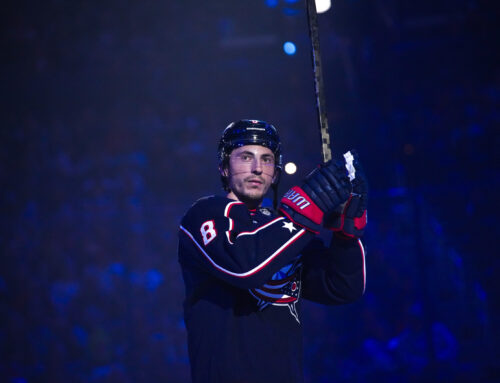
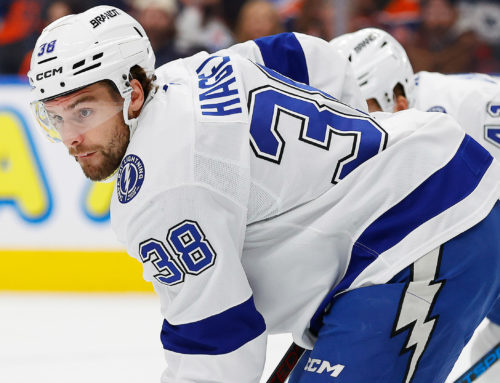
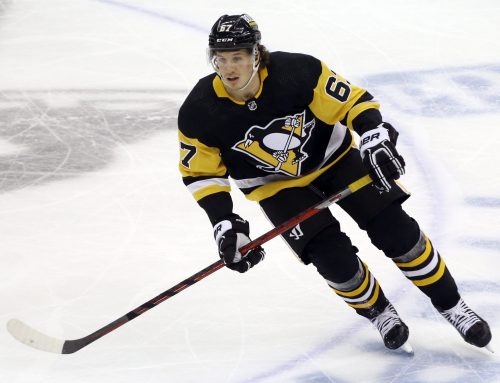
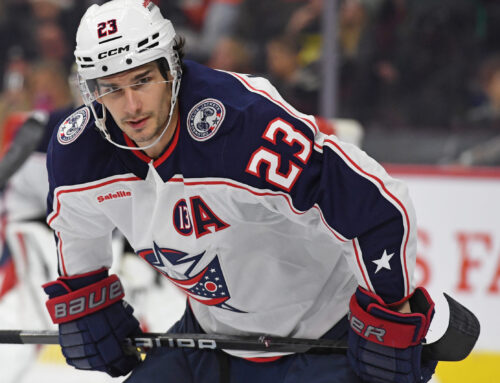
 TOR
TOR FLA
FLA MIN
MIN DAL
DAL WPG
WPG S.J
S.J ANA
ANA UTA
UTA STL
STL
